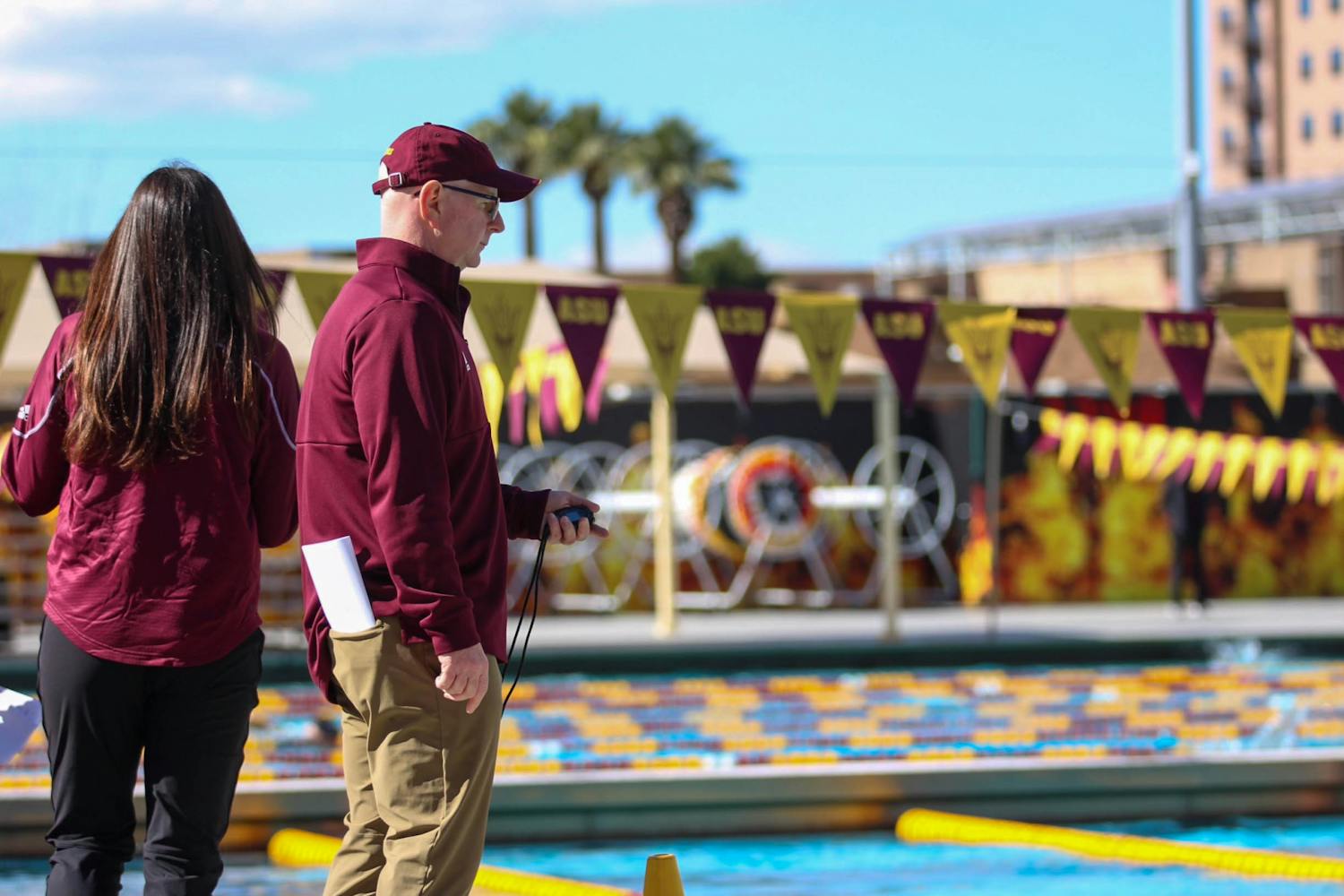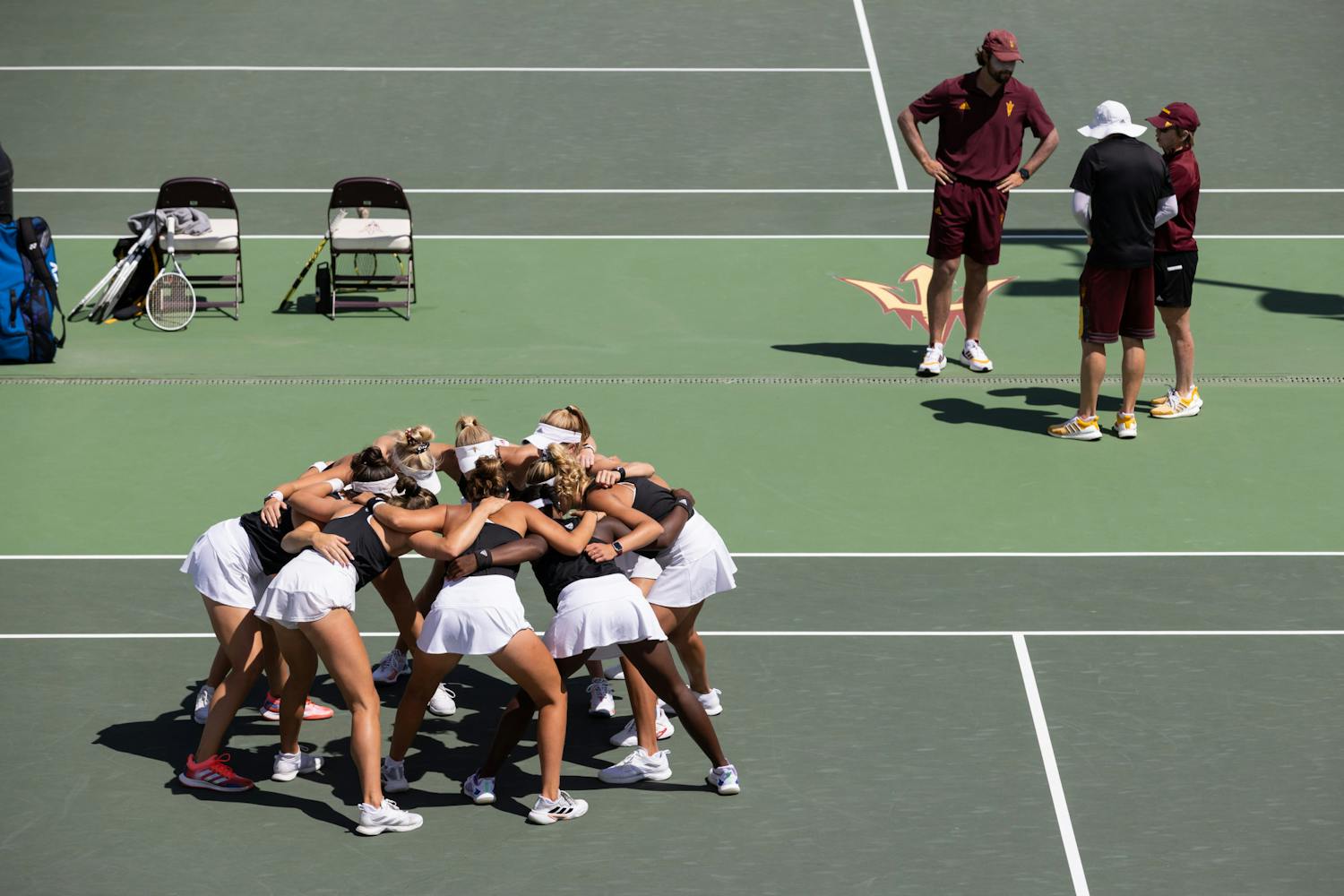Ndume Olatushani was in prison for 28 years, 20 of which he served on death row.
He was innocent.
“I don't know if you can imagine being in prison for 28 years, struggling all the way and trying to be free, and when you finally learn it’s about to happen, there’s really no words to express what I truly felt,” he said. “It was one of the happiest days of my life.”
A child’s laughter is audible in the background as he speaks about his new life, with an adopted 5-year-old daughter and a wife he married soon after he was released on June 1, 2012.
“We were married July 28 in a magical ceremony in my backyard,” he said.
Olatushani was convicted of first-degree murder in 1985 in Memphis, Tenn., through what he said was a web of falsified evidence, paid witnesses and concealment of the true evidence that would have proved his innocence. He said the state wanted to get a conviction and solve the case, no matter the cost, in order to maintain its reputation.
“I was put on trial as a young black male, here in the South, for killing a white store owner, so there was a lot of pressure,” Olatushani said. “In the city of Memphis in 1985, it was about 55 percent black at the time, (but) I ended up being out on trial in front of an all-white jury, and I say that because I think they were doing everything they possibly could so they could obtain the death sentence. Everything that could’ve went wrong, went wrong.”
He said undeniable facts were ignored, as he had never even been to Tennessee until he was brought in chains to his trial. It all seemed like a confused blur, until he consulted a lawyer who revealed the true intent behind Olatushani’s case.
Originally, the attorney simply said the case seemed like it would be too much work, which raised Olatushani’s suspicions.
“He knew it was a murder case when we sat down and talked, so as I pressed him, he said, and this is a quote: ‘There is a lot of pressure from downtown, and I don’t want to be a part of it,’” Olatushani said. “This was a prominent attorney in Memphis, but that was his response to me. He didn’t have to tell me any more.”
Today, Olatushani travels the country speaking about the flaws of the American justice system and its policy of mass incarceration but lack of rehabilitation for released inmates. He also works to ensure equal opportunity for young people through organizations like the Children’s Defense Fund.
This focus on youth is what brought Olatushani in contact with artist Gregory Sale, who teaches intermedia and public practice at ASU, and who was working with inmates on death row in Tennessee in the fall of last year.
Sale was featured in the group exhibition, “More Love: Art, Politics and Sharing Since the 1990s” that was scheduled to tour in Nashville, Tenn., when he was invited to work with the inmates at the Riverbend Maximum Security Institution. He worked with the men monthly and said the inmates were interested in delivering a message into the broader community.
“They wanted to know if together we could produce something that got out into communities like the ones they grew up in, and send messages out to young people in those communities so that they might have a sense of a broader array of options than these men had growing up,” Sale said.
He then decided to use a project he had done in North Carolina, creating campaign-style buttons with messages about love and freedom, as a jumping-off point. In that project, Sale had received these messages from people in homeless shelters, food banks and other locations where those facing challenges could speak their minds.
In Tennessee, the members of the public would be asked to write their thoughts about love, without using the word ‘love’ itself, inside similar red circles, to be placed in a larger one on the wall.
Except there was a twist: visitors would be notified that each circle containing these love poems was hand-drawn by one of the men on death row in the Riverbend Maximum Security Institution.
“Are you going to be comfortable writing your thoughts of love in a space that has been designated by a man on death row?” Sale asked. “It adds another dimension to it.”
But before the project opened to the public in Tennessee, Sale wanted to fulfill the wishes of the inmates and invited the at-risk young men from a community center called the Oasis Center to write inside the first circles.
“For me that was kind of an experience, even though it was only a certain number of visits for those young adults, they got to learn about something, be involved with something and then see it in its public presentation,” he said.
Abby Whisenant, the art and transit special programs coordinator at the Oasis Center in Nashville, said Sale’s project, though it only lasted for a short time, opened up a whole new opportunity for the students at the center.
“This kind of work for them was really powerful and giving them an opportunity to be part of something new with a presence in the community,” she said. “(It) definitely gave them a boost of confidence. They contributed to something positive that added something to the community of Nashville, and in the process, they got to explore a different side of themselves.”
Whisenant said Sale’s project profoundly affected one student in particular, who was reluctant to participate at first because of his discomfort with writing.
“I said, ‘I’m sure you have something to share,’ and all of a sudden he was all about it, and he started saying these amazing things,” she said. “He had one of the most powerful cards at the end of it. … It said, ‘Change your life.’”
This student has since graduated from the Oasis Center and now returns as a volunteer to help mentor other young men.
“That was the beginning for this young man to becoming more engaged in the workshops,” Whisenant said. “We probably saw the biggest transformation from this student during the program.”
In October, Tennessee received a new drug protocol to use for the execution of prisoners, and 10 men received execution dates.
Sale said this news changed the entire environment of his project, as one man’s sentence was commuted and was scheduled to be released and another was scheduled to be executed in November.
“There’s a different kind of urgency,” he said. “You’re moving from a space that’s more workshop, dialogue, to one where you are going to have more conversation in the community about capital punishment. These people you have relationships with now have execution dates.”
Sale said even though his clearance to work with the men expired at the end of 2013, his experiences have confirmed his ideas about the mass incarceration policy of the U.S.
“The error rate is one in nine; we would never let an airplane take off with those kinds of odds, but we don’t seem to question it here,” he said.
He plans to next focus on the de-incarceration element of prisons, as most men are set free within just a few years, and yet there seems to be a lack of rehabilitation for them, he said.
No matter the niche of this cause, Sale said art is his preferred medium for hosting this dialogue.
“We give certain allowances to the arts,” he said. “Sometimes when things are in a museum, we are more OK not having an answer. We’re OK contemplating the cultural crisis of our time, and we don’t need to completely understand it. And a lot of things in society we want to understand immediately, but when you’re dealing with a complex issue, you have to be OK with not being able to understand it.”
Olatushani was volunteering with the Oasis Center at the time, which is how he became involved with Sale and his projects.
He shares Sale’s passion for the arts and said it’s the only way he was able to make it out of death row.
“Art saved my life," he said. "It really did. While I was sitting on death row, I taught myself how to paint. … (Sale) is giving affirmation to the people he’s reaching out to and affirming their humanity. It’s easy to lock someone up and throw away the key, but what’s going to happen when the person comes home?”
Olatushani plans to keep advocating around the country for a better justice system that focuses more on prevention and care than mass incarceration.
He said he knows several people on death row who, like him, were wrongly convicted.
“I know a couple people that I was on death row with that I truly believe that they are innocent,” he said. “The same thing that happened to me happened to them.”
Reach the reporter at elmahone@asu.edu or follow her on Twitter @mahoneysthename
Clarification: An earlier version of this article stated “More Love: Art, Politics and Sharing Since the 1990s” was Sale's exhibition. It was a group exhibition. It has been updated.



